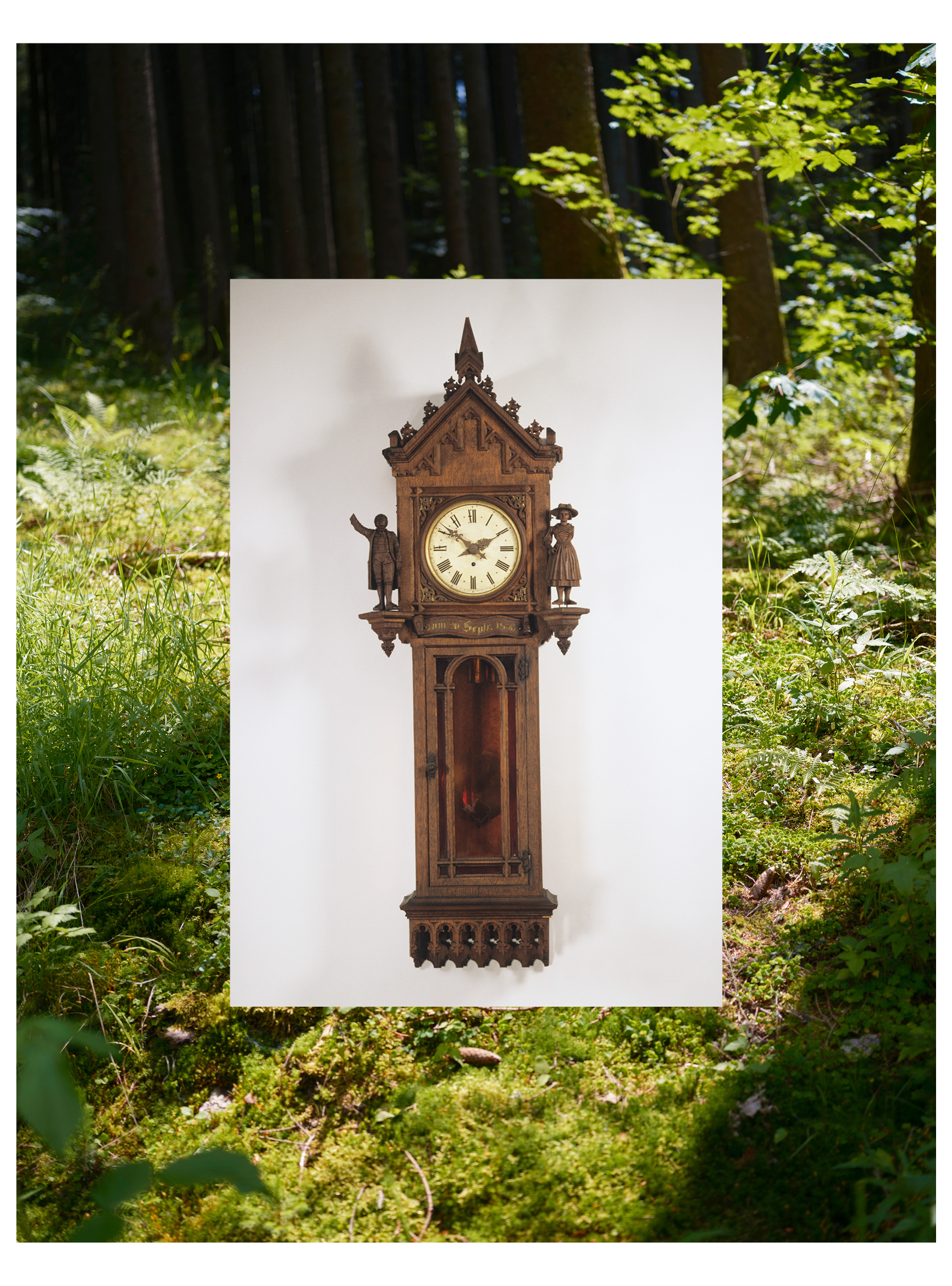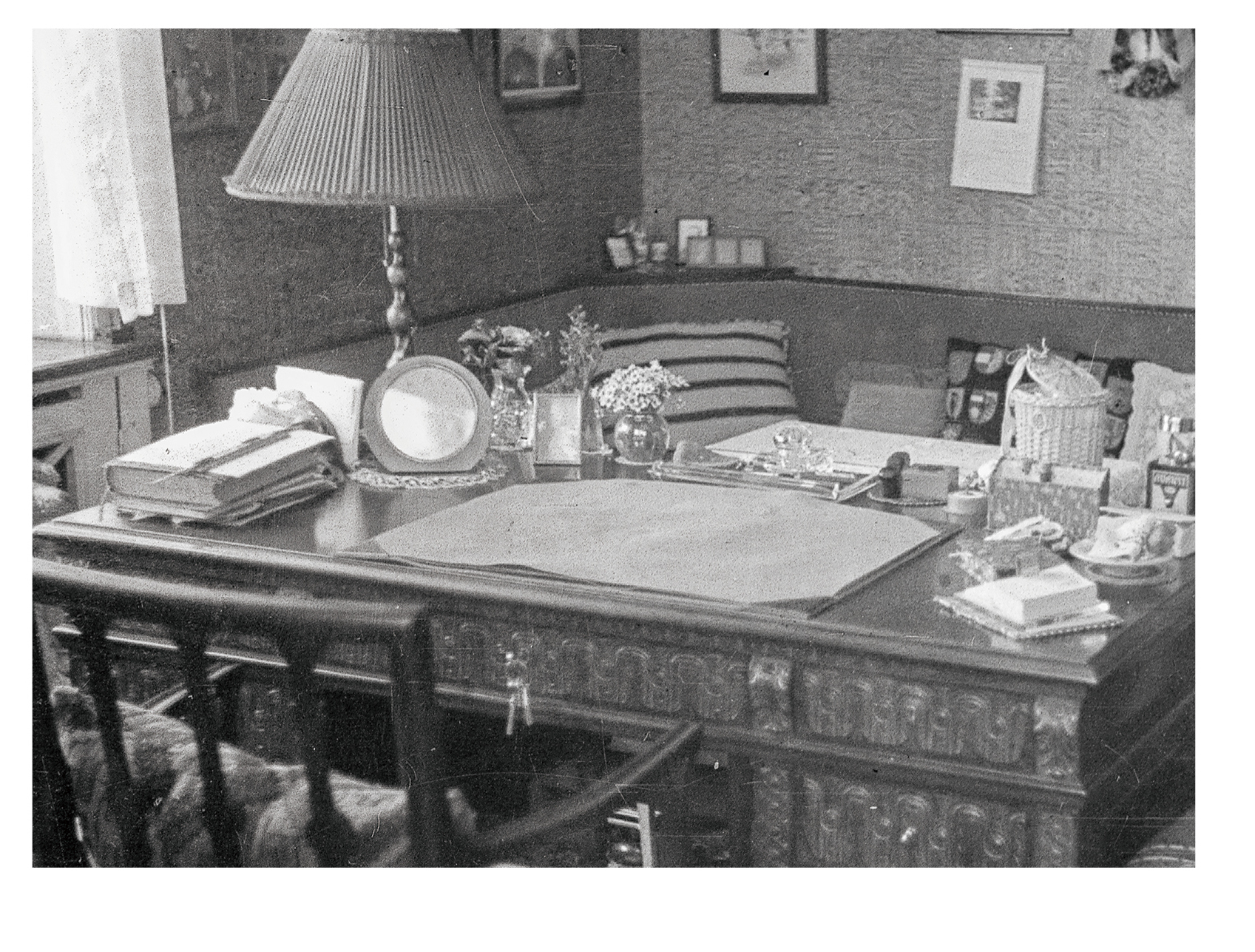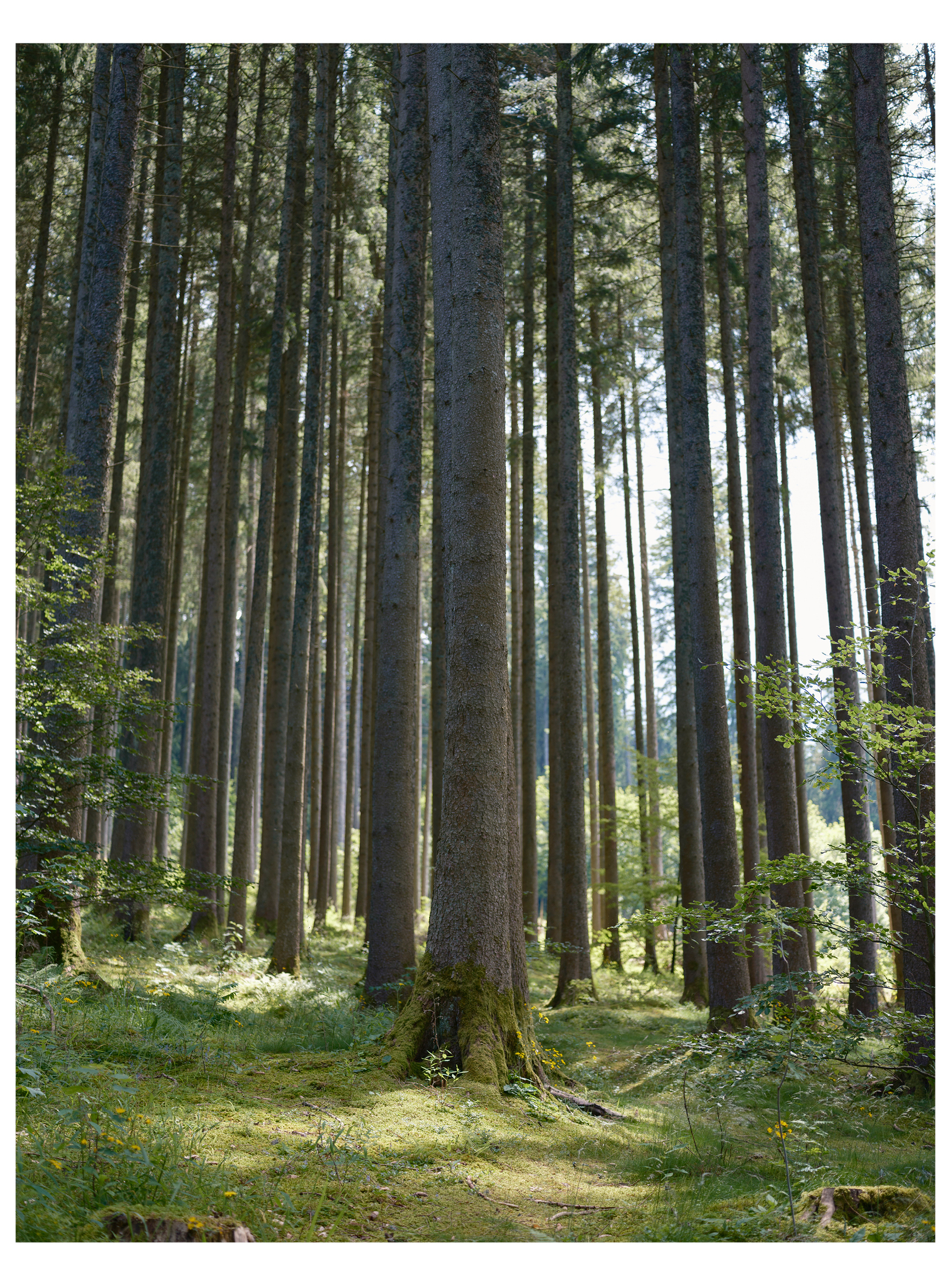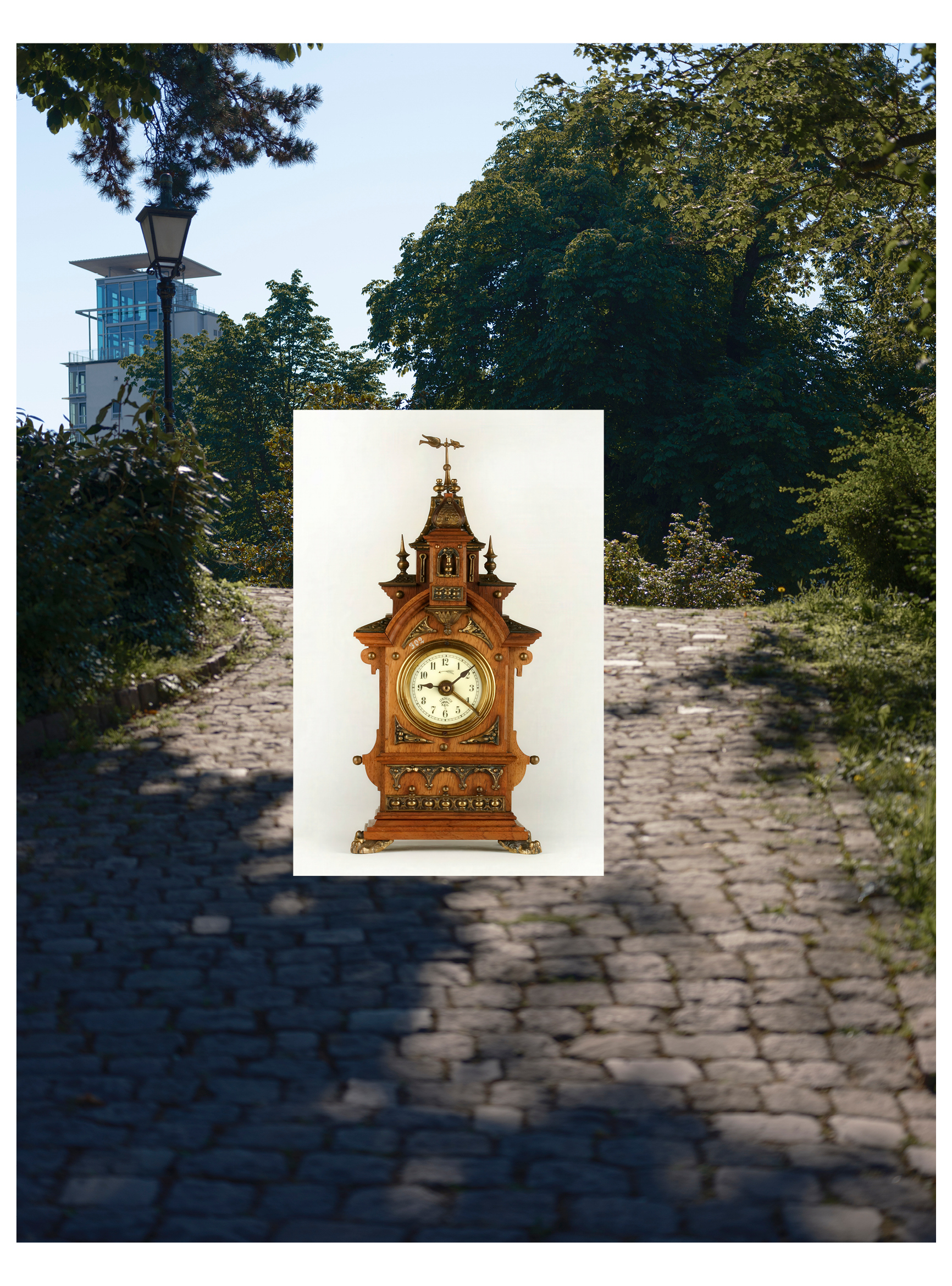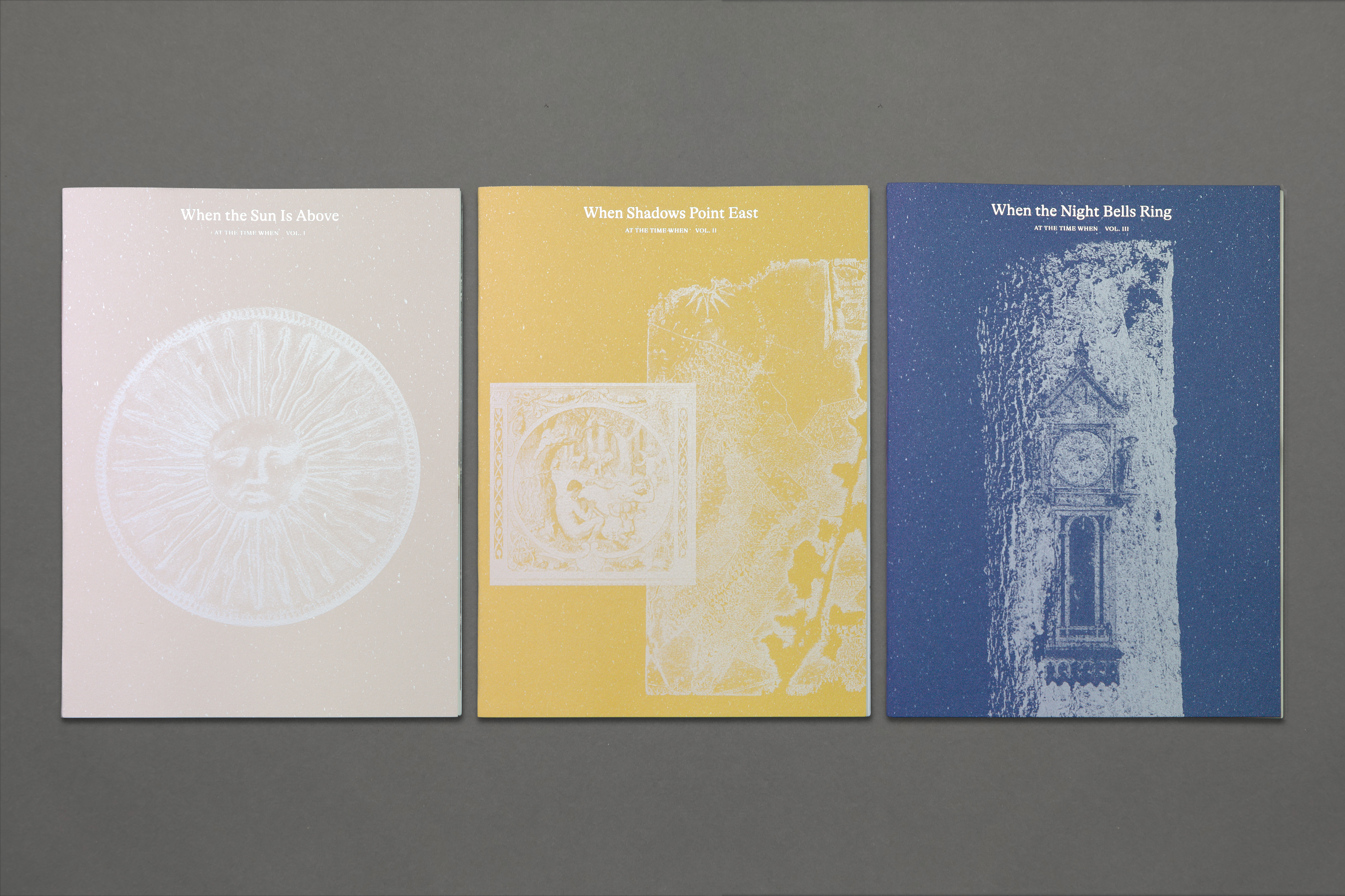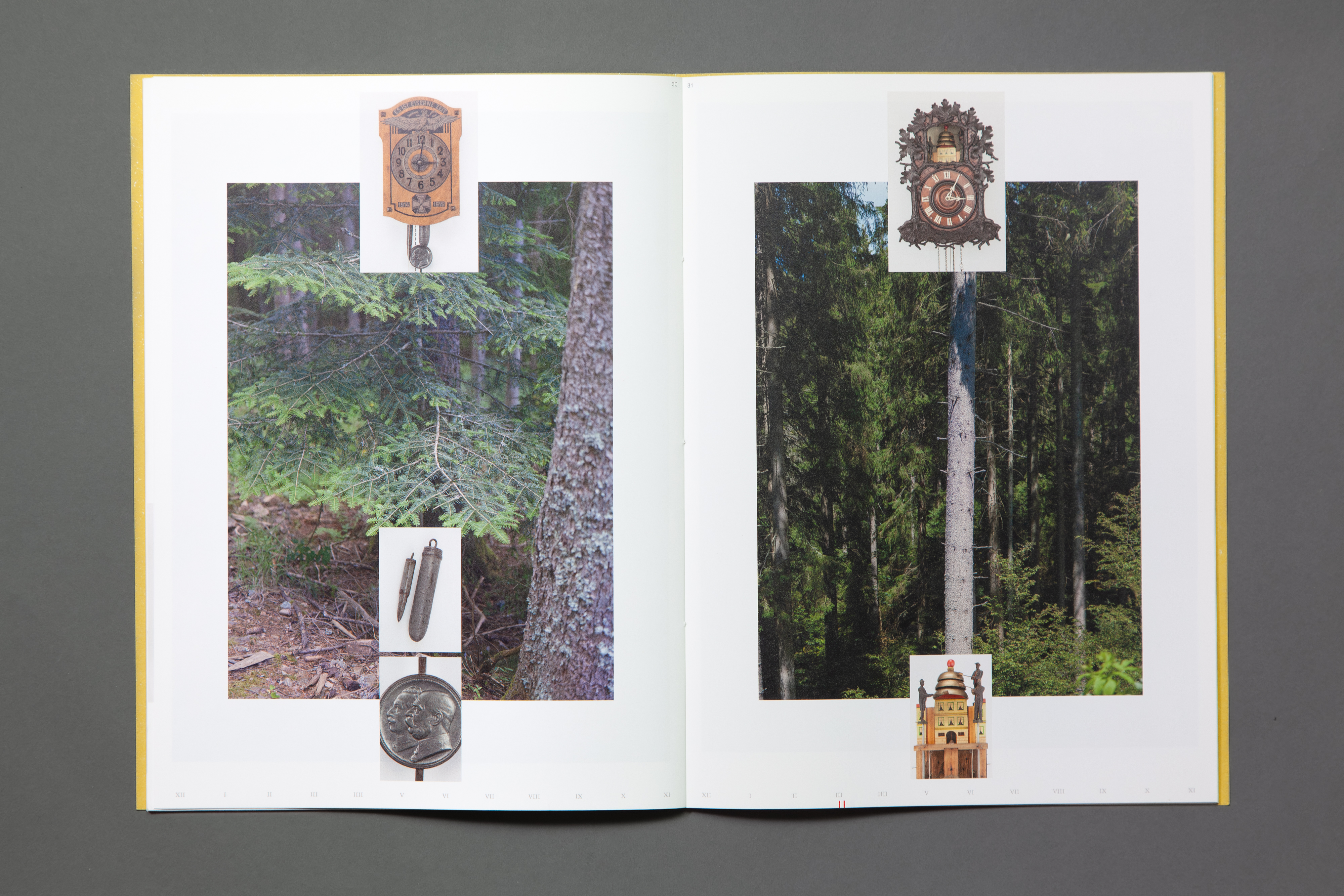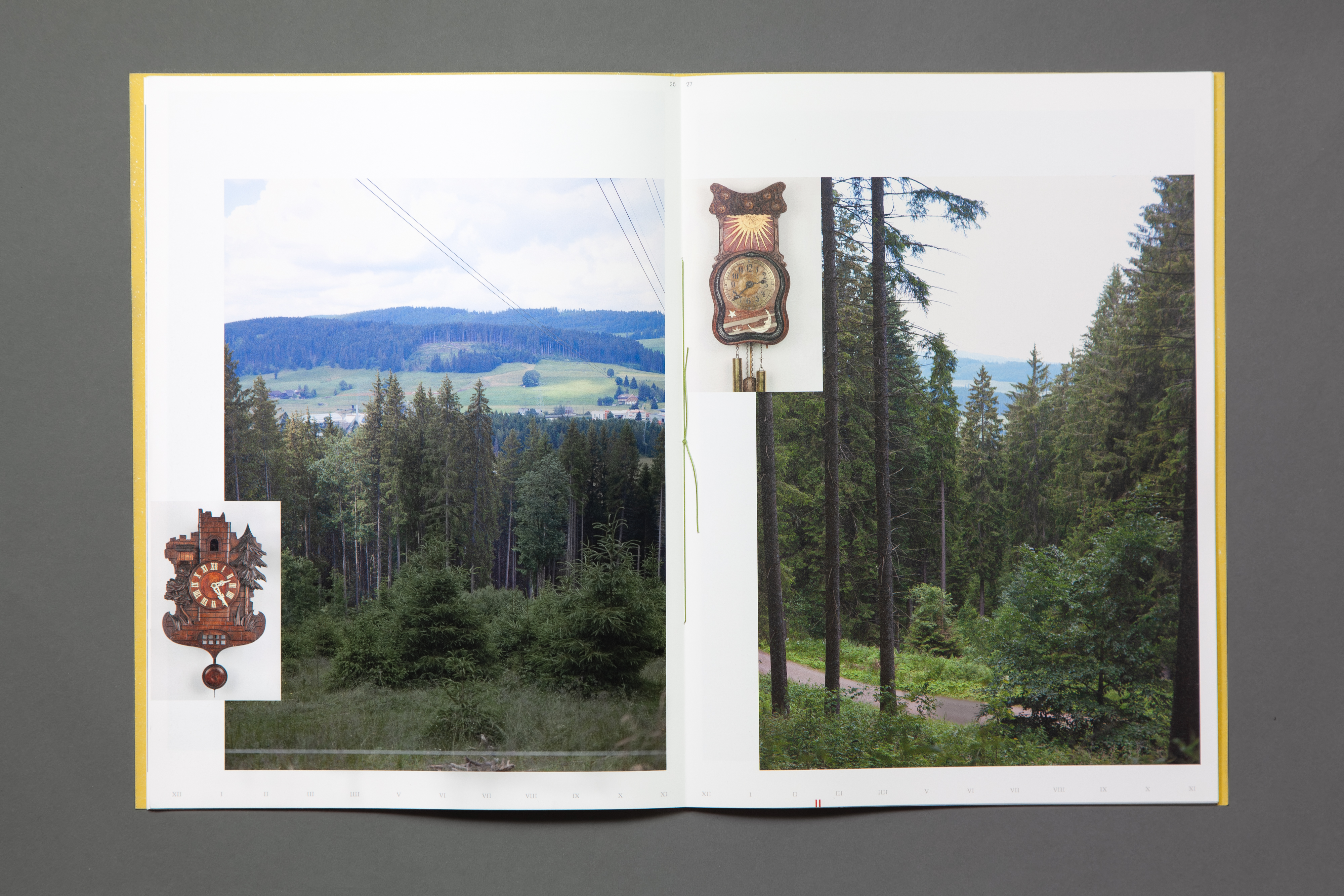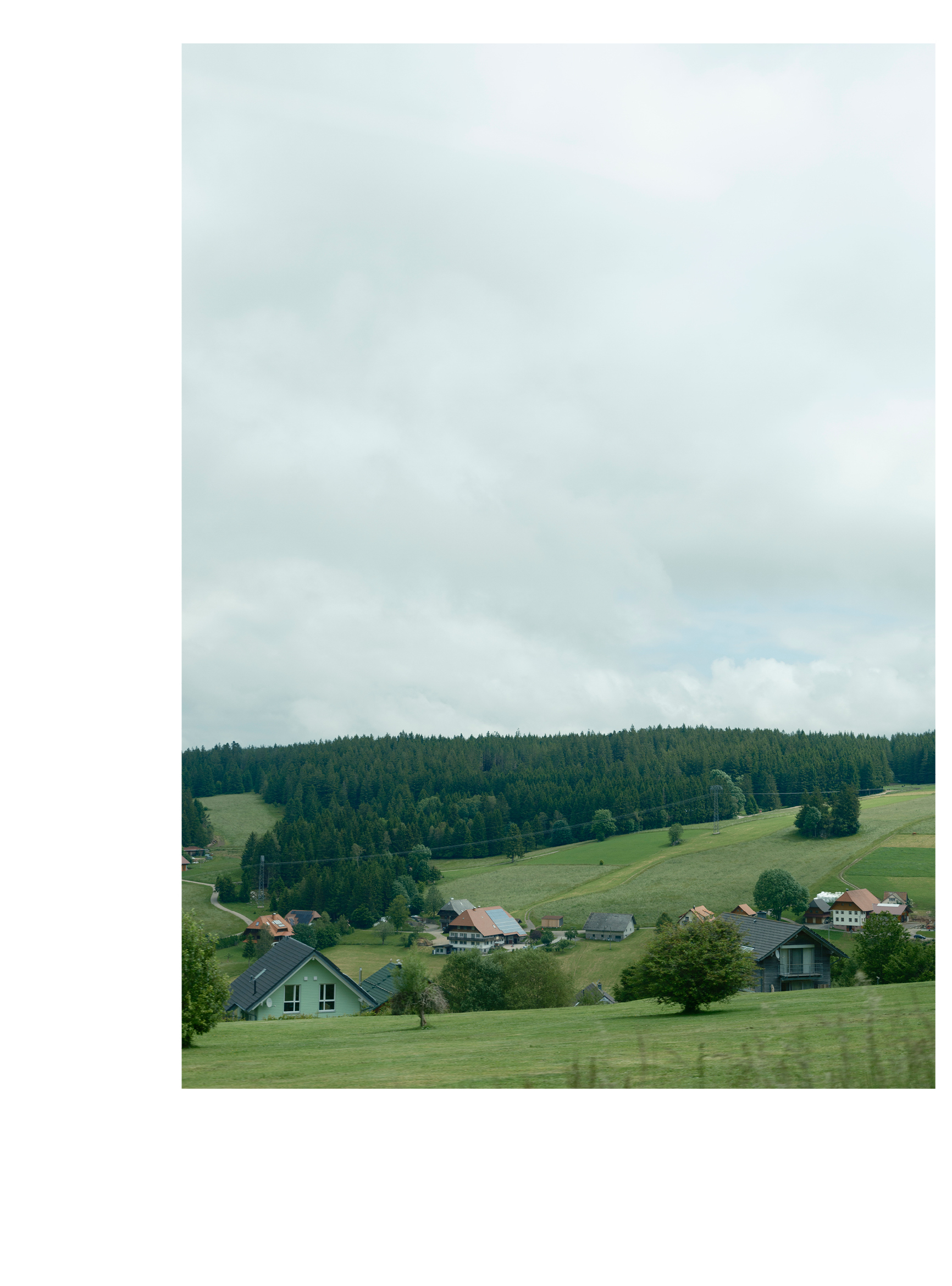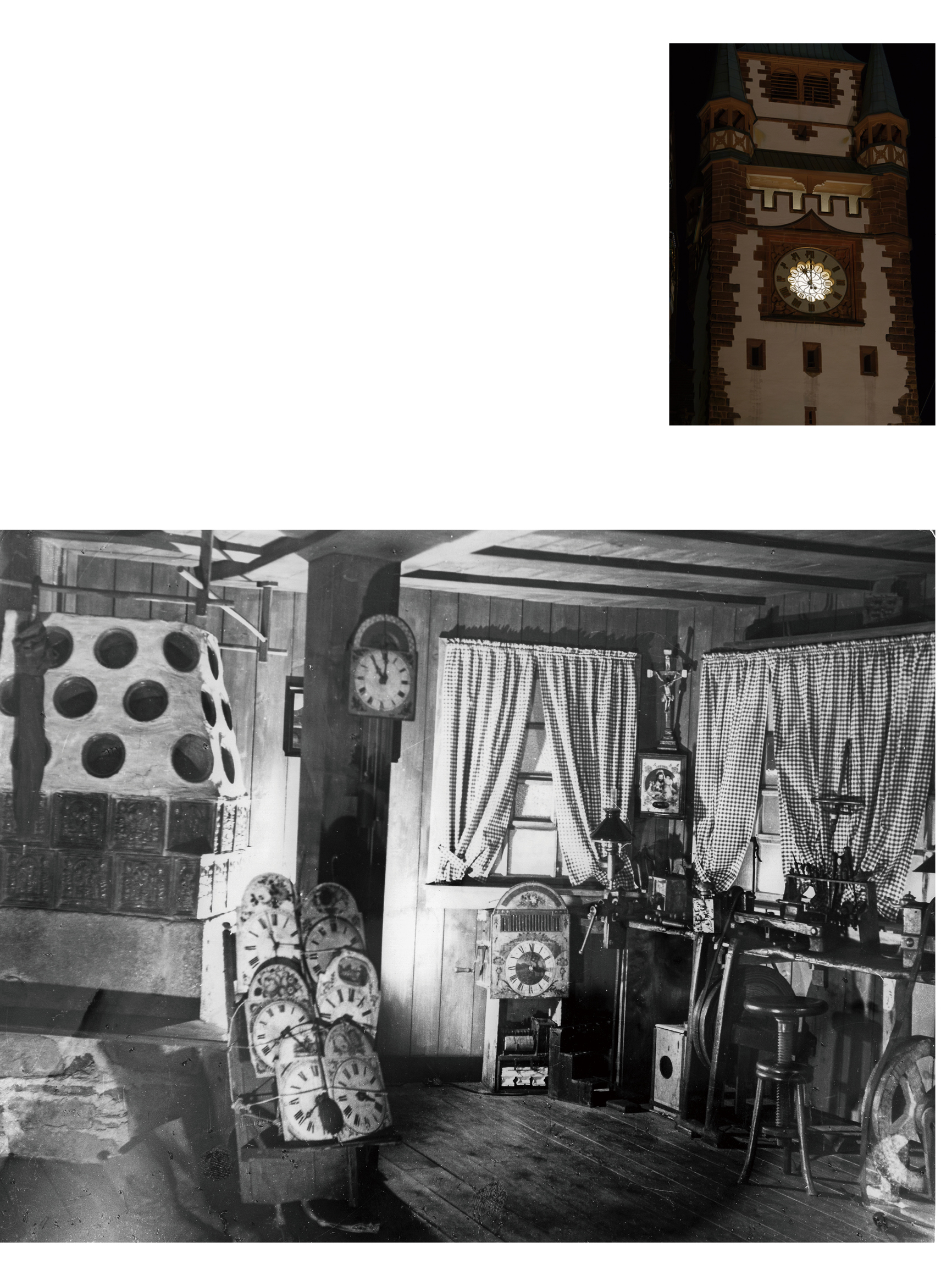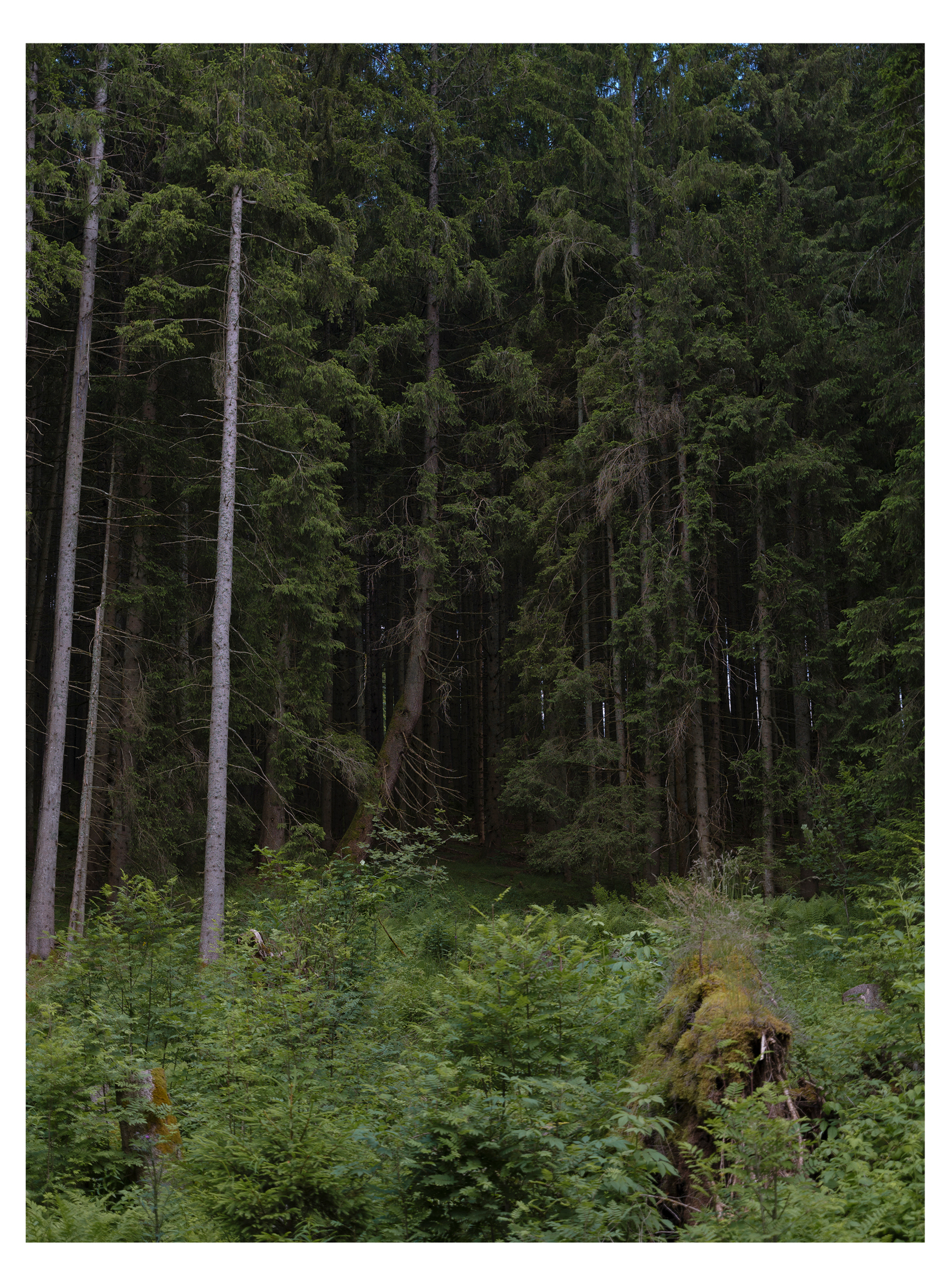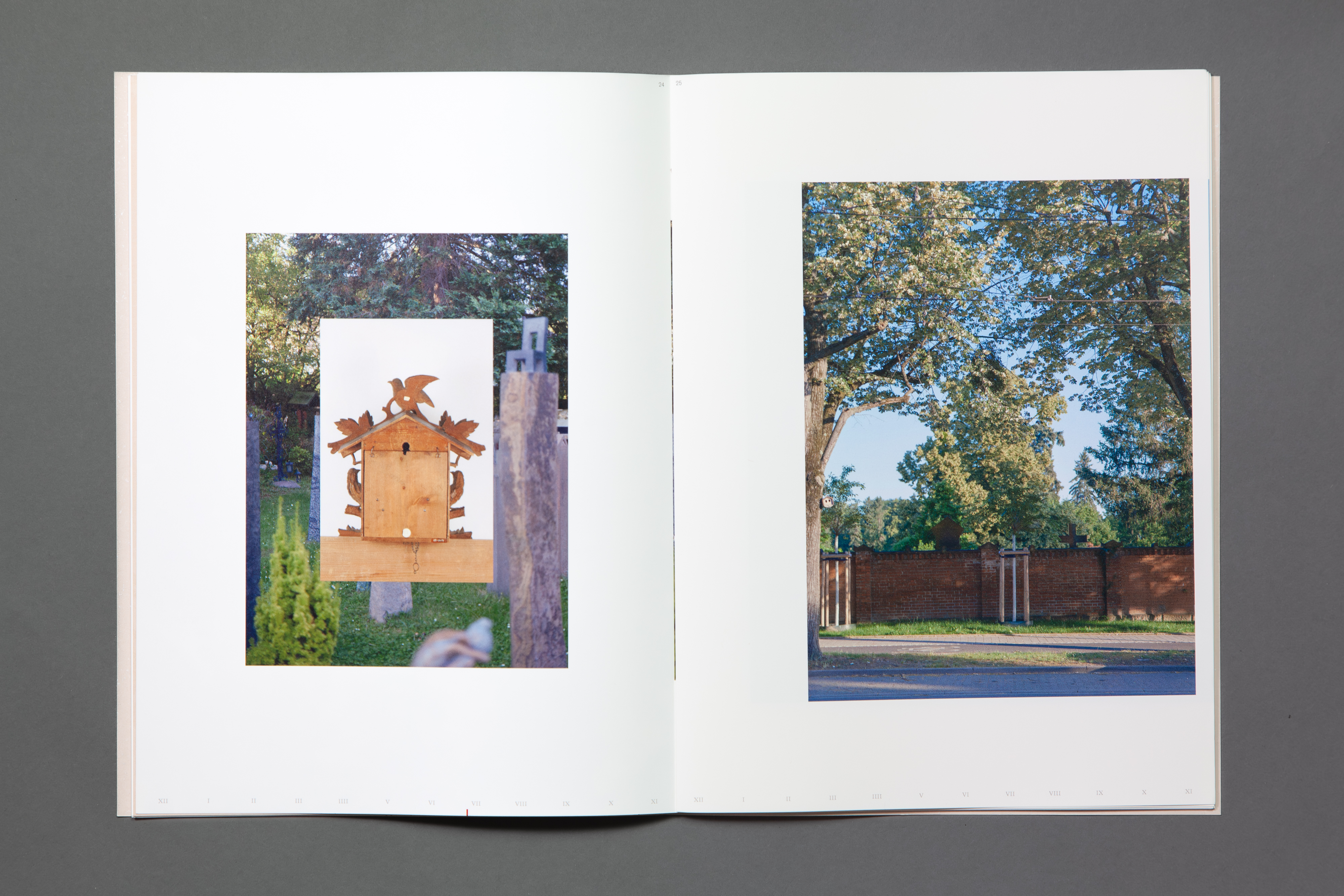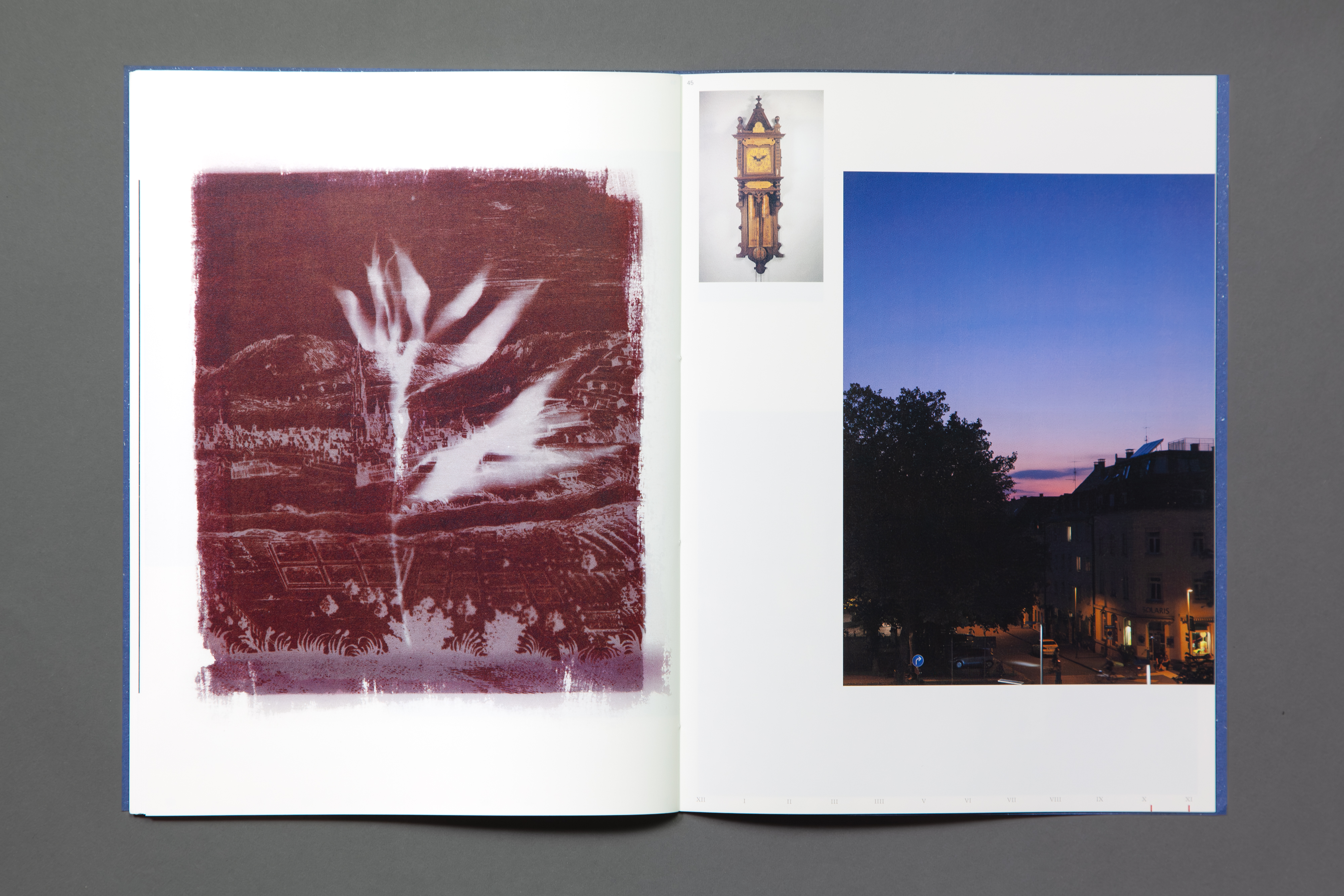At the Time When
2024, Artist's book, Artistic Research
Volume I: When the Sun Is Above
Volume II: When Shadows Point East
Volume III: When the Night Bells Ring
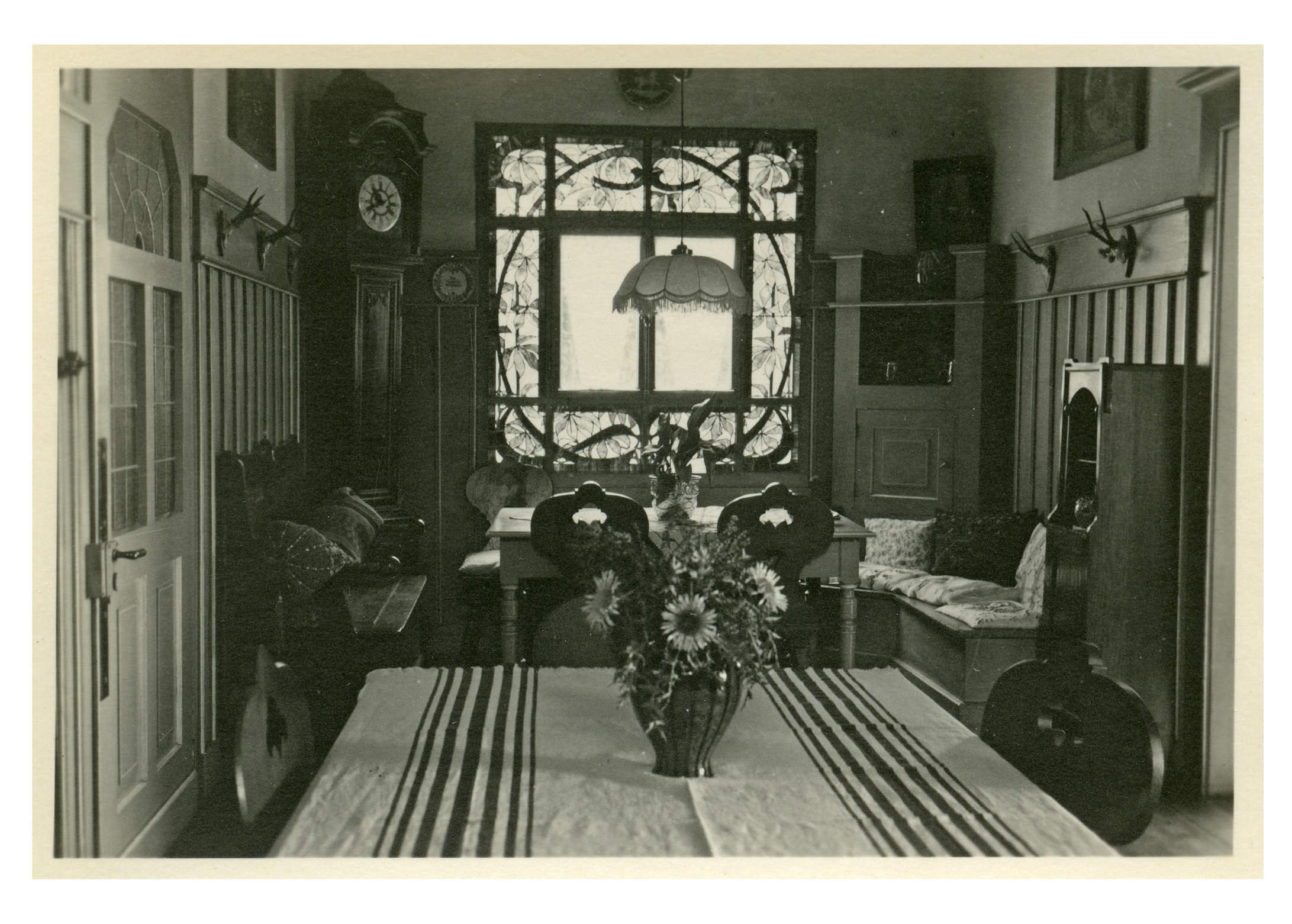
This work seeks to explore this juncture of measurable and conceptual time. Time serves here as the bridge between past and present.
In the vast archive of the German Clock Museum (Deutsches Uhrenmuseum) in Furtwangen, a city located in the Black Forest, hundreds of timepieces stand silent. In the museum and its archives, the clocks all froze at different moments. For instance, one clock stopped at 8:10, another at 4:00.
This work responds to these specific times, using them as cues. During a trip in June, in the longest days of the year, I captured photographs and made observations at the exact times shown on the museum's clocks, creating a temporal link between the historical artifacts and our contemporary experience.
Time, in terms of the system of a clock, has been mutually understandable between the past, since the early 14th century when the mechanical clock was invented, and the present.
This conjunction is at the same time temporary and eternal, just as the essence of time itself–paradoxical. Museums, as a history and time keeper, essentially preserve time itself–revoking the spectre of the past, and retaining the present of the past for the future.
Artist book, Indigo digital press
225 × 300 mm, 52 pages each, 3 volumes
Printed in Germany
Hand-bound by the artists
First Published in July 2024, Germany
* Thank you to The Baden State Museum (Badischen Landesmuseums) and The German Clock Museum (Deutsches Uhrenmuseum Furtwangen) for their archival work and generous assistance with images for this project.
